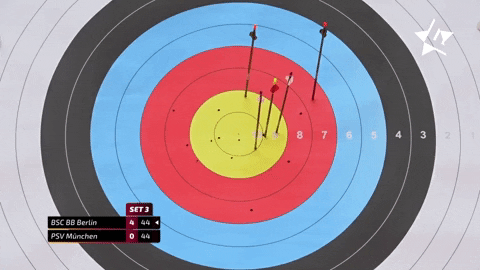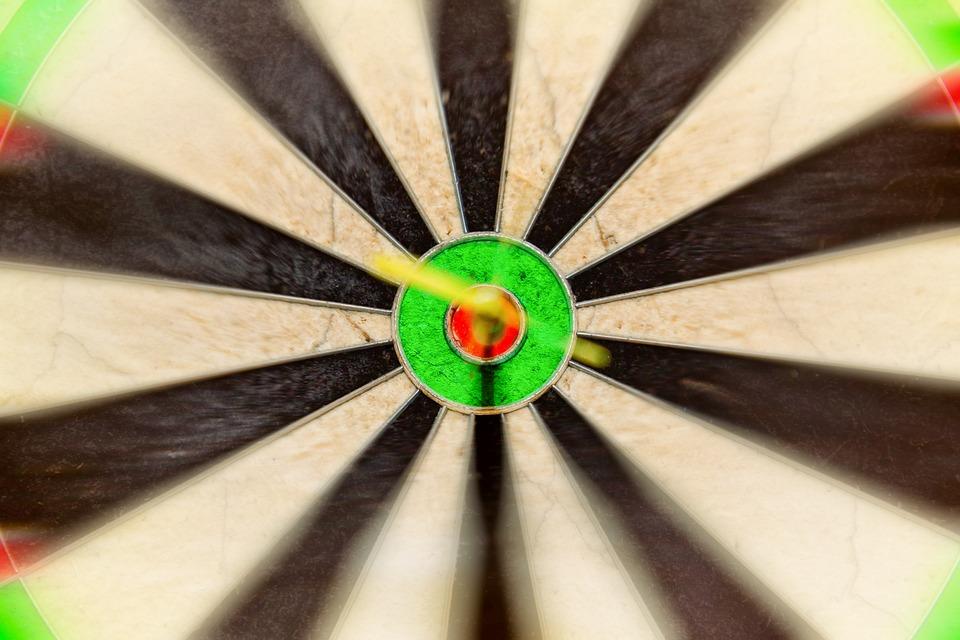When markets sell-off as they have done the past few days, volatility increases. This is excellent for nimble short-term traders. It is possible to trade this volatility using synthetic products derived from the VIX, a measure of market volatility, through products such as VXX and UVXY.
I use synthetic derivatives such as UVXY as a guide to help me make decisions when trading the market indexes and stocks. It also provides me with opportunities to hedge positions if need be. Right now, I am trading options on UVXY for a retracement to the mean, betting the last week’s fear is overdone and subsides in the short term.
VIX Explained
The VIX is the Chicago Board of Exchange (CBOE) Volatility Index. It is derived from the prices of SPX index options with near-term expiration dates. It generates a 30-day projection of volatility i.e. how fast price changes. It is essential because it is used to gauge market sentiment, particularly the degree of fear among market participants.
Typically fear increases as market indexes fall. Thus the VIX will usually rise as market participants look to hedge their positions in falling stocks by buying put options that will offset their trades.
The greater the fear, and rate of change in the decline of prices, the greater the price of the VIX.
Above is a four-year daily chart of the VIX. As we can see, rarely does the VIX break above 30 and hold for a sustained period in a bull market. However, when this occurs, it coincides with significant declines, as seen below in a chart of the SPY in 2020 when VIX spiked to over 80 and held over 30 for multiple weeks.
SPY crash of 2020 when VIX spiked to 80 and held above 30 for multiple weeks
In fact, some institutions and institutional investors go so far as to say that a VIX over 30 is “uninvestable.” These large players may avoid making investments on the long side while the VIX is over 30.
The main reason for this is that when the VIX is low, i.e. < 20, stocks grind higher, and investors feel safe to put funds to work. Usually, the market grinds higher slowly outside of unexpected extraneous events.
As traders, we can use numerous products either as indicators to help make decisions or to trade volatility itself. One such instrument is the UVXY.
UVXY- A Synthetic Derivative
The UVXY is the PROSHARES ULTRA VIX SHORT TERM FUTURES ETF (UVXY). It works like this.
The UVXY is a continuous 30 day synthetic of VIX futures, an enormous fund run by ProFunds Group. On day one of the front month of the futures, for example, February, the fund buys 100% of its position in VIX futures, where there are 30 days left to expire. On day 2 they will sell enough of the position in the front month and buy the back month, for example, March, with 59 days to expire to the 30 days position.
When you add it all up and divide by the number in each, it synthetically equals a 30-day position. An enormous fund does this roll every day. What this does is cause demand in the back month and supply in the front month. Once next month reaches 30 days and this front month expires that demand shifts. So they will sell March and buy April futures.
This creates a drift in the UVXY. Over the long term, it continuously trades lower. But it can have enormous volatility spikes when there is a market correction just like the VIX.
Notice in the 2+ year daily chart of the UVXY that after it has volatility spikes, it trends down. As I’ve explained, that is due to the structure of the fund. For the most part, UVXYhas an inverse correlation to the SPY.
VXX (ETN) and UVXY (ETF) both track the daily percent return of a portfolio comprised of the two front-month VIX futures contracts. UVXY is slightly different than VXX because it is usually between 1.5 to 2x leveraged. This means that UVXY will return between 1.5 to twice the percentage of VXX on a given day.
My Trade
As a mean-reverting instrument, I am going to look at selling the UVXY by buying puts.
When the markets sell-off, implied volatility increases, and the VIX is a measure of implied volatility that traders call the “fear gauge”.
And when the markets start to calm down and find a bottom where buyers step in, this fear subsides, and in result, the VIX drops.
So I was looking to get long the markets by trading the fear gauge to the downside and buying puts for a drop over the weekend. Here was my trade:
Bottom Line
VIX is a measure of volatility. We can trade it through synthetic contracts such as UVXY. These products have their structure governed by a charter set up by its fund. Volatility usually increases when markets go down as fear increases and participants want to hedge their positions. As a trader, I want to trade these products to find opportunities when markets become more volatile.
I can also trade these products over the long term when markets are less volatile and find opportunities in their inherent structure.
I believed that the market fear last weak was overdone, so instead of getting long the SPY or buying stocks, I chose to express my trade idea by buying put options on the UVXY. If the market fear subsides, the UVXY should fall, and the price of the puts I bought should go higher!
Comments are closed.





9 Comments
Great teaching article
How do i get in
Hey there,
Thanks for the reply! For this, please give us a call at 410-775-8565. We look forward to speaking with you!
Good Trading,
The RagingBull Team
give me your option trade
Hey Mohamed,
Thanks for the reply! For this, please give us a call at 410-775-8565. We look forward to speaking with you!
Good Trading,
The RagingBull Team
Why not give the trade last Friday evening instead of today?
Thanks, great article
New info for me regarding UVXY. THANKS 👏
Thanks a lot!!